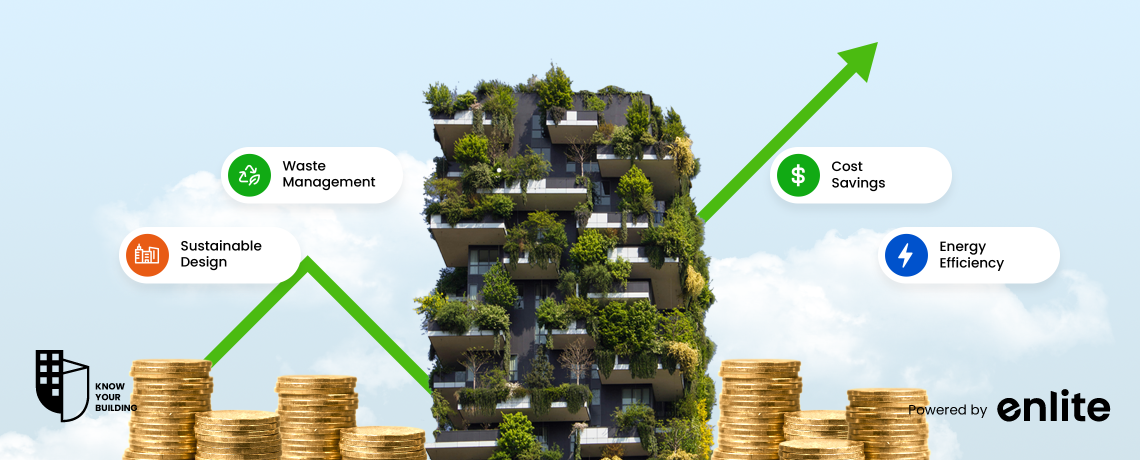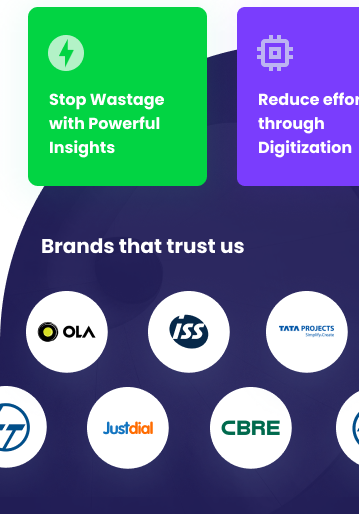In today’s commercial real estate landscape, sustainability is not only a moral imperative but also a sound financial investment. This article explores the financial benefits of investing in eco-friendly spaces, highlighting how sustainable practices can lead to cost savings, increased property value, and enhanced tenant satisfaction in commercial real estate.
Understanding the Financial Benefits of Sustainability:
Sustainable commercial real estate practices offer a range of financial advantages that go beyond environmental considerations. From reducing operating expenses to attracting high-quality tenants and investors, sustainability can drive long-term value creation and financial performance in real estate portfolios.
Energy Efficiency and Cost Savings:
Implementing energy-efficient technologies and green building design principles can significantly reduce energy consumption and operational costs for commercial properties. From lighting upgrades to HVAC system optimizations, these investments often yield substantial savings in utility expenses over time.
Enhanced Property Value and Market Appeal:
Properties with green certifications and sustainable features often command higher rents, attract premium tenants, and experience greater market demand. Sustainable buildings are perceived as more valuable assets, leading to increased property values and improved investment returns for owners and investors.
Tenant Satisfaction and Retention:
Tenants are increasingly prioritizing sustainability when choosing commercial space, seeking environments that promote health, comfort, and environmental responsibility. Eco-friendly buildings with amenities such as natural lighting, indoor air quality control, and green spaces tend to have higher tenant satisfaction and retention rates.
Green Financing and Investment Opportunities:
The rise of green financing mechanisms, such as green loans, green bonds, and energy-efficient mortgages, has made it easier for commercial real estate investors to finance sustainable projects and access capital for green improvements. These financial instruments offer favorable terms and incentives for environmentally responsible investments.
Investing in eco-friendly spaces offers compelling financial benefits for commercial real estate stakeholders, including property owners, investors, and tenants. By prioritizing sustainability, embracing green building practices, and leveraging green financing opportunities, the industry can create value, drive innovation, and achieve both financial and environmental success.














